When it comes to building a strong, defined upper body, few muscle groups have the same impact as the shoulders. Boulder shoulders, a term used to describe exceptionally well-developed deltoids, are a key feature of a strong, aesthetic physique. Whether you’re aiming to add mass to your shoulders for strength training or simply to enhance your appearance, this guide will take you through effective exercises, training tips, and insights into shoulder anatomy that will help you develop boulder-like shoulders.
Understanding the Deltoid Muscles
The deltoid muscle, often referred to simply as the "shoulder," is made up of three distinct parts:
-
Anterior Deltoid (Front): This portion is located at the front of the shoulder and plays a key role in shoulder flexion and inward rotation. It's involved in movements like pressing and front raises.
-
Lateral Deltoid (Middle): Positioned on the sides of the shoulders, the lateral deltoid is the key muscle responsible for shoulder abduction, helping to raise your arms to the side. This part of the deltoid gives the shoulder its round, boulder-like look.
-
Posterior Deltoid (Rear): The rear deltoids help with shoulder extension and outward rotation. This muscle is often neglected, but developing it helps balance the shoulders and improve posture.
To build well-rounded, boulder shoulders, it's important to target all three heads of the deltoid in your training regimen. Neglecting any one of them can lead to muscle imbalances and hinder overall shoulder development.
Effective Exercises for Boulder Shoulders
1. Overhead Press (Barbell or Dumbbell)
The overhead press is the cornerstone exercise for building mass and strength in the shoulders. Whether performed with a barbell or dumbbells, this exercise engages the anterior and lateral deltoids while also working the triceps and upper chest.
-
How to Do It:
- Stand with feet shoulder-width apart.
- Hold the barbell or dumbbells at shoulder height with elbows bent at 90 degrees.
- Press the weight overhead while maintaining a stable core.
- Lower the weight back down with control.
2. Lateral Raises
Lateral raises are one of the most effective isolation exercises for developing the middle deltoid. The key to building boulder shoulders is to add thickness and width to the lateral deltoid.
-
How to Do It:
- Stand with a dumbbell in each hand, arms by your sides.
- With a slight bend in your elbows, lift the dumbbells out to the side until your arms are parallel to the ground.
- Lower the dumbbells slowly and repeat.
3. Front Raises
Front raises are great for targeting the anterior deltoids. They also help with the development of the upper chest, making them a well-rounded exercise for the front of the body.
-
How to Do It:
- Hold a dumbbell in each hand in front of your thighs, palms facing inward.
- Lift the dumbbells directly in front of you until your arms are parallel to the ground.
- Slowly lower them back to the starting position.
4. Rear Delt Flyes
To avoid creating an imbalance, you need to develop the posterior deltoids as well. Rear delt flyes help to target the back portion of the shoulder, improving posture and enhancing the overall appearance of the shoulder.
-
How to Do It:
- Sit on the edge of a bench or stand with a slight forward lean.
- Hold a dumbbell in each hand with palms facing each other.
- Keeping your arms slightly bent, raise your arms out to the sides, squeezing your shoulder blades together at the top.
- Lower the weights slowly.
5. Arnold Press
Named after Arnold Schwarzenegger, the Arnold Press is a variation of the overhead press that incorporates a rotation, engaging both the anterior and lateral deltoids.
-
How to Do It:
- Hold a dumbbell in each hand with palms facing your body.
- Press the dumbbells overhead while rotating your palms so they face forward at the top of the movement.
- Reverse the rotation as you lower the dumbbells back to the starting position.
6. Face Pulls
Face pulls are great for developing the posterior deltoids and improving shoulder stability. This exercise helps counteract the forward shoulder posture many people develop due to desk jobs.
-
How to Do It:
- Attach a rope handle to a cable machine at face height.
- Grasp the rope with both hands and step back to create tension.
- Pull the rope toward your face while squeezing your shoulder blades together.
Training Tips for Building Boulder Shoulders
-
Focus on Volume: Shoulders respond well to higher volume training due to their endurance characteristics. Aim for 3-4 sets of 8-12 reps for each exercise, adjusting the weights accordingly.
-
Don't Skip the Rear Delts: It's common to neglect the posterior deltoids, but building a balanced shoulder requires attention to the rear delts. Include at least one rear delt exercise in every shoulder workout.
-
Warm Up Properly: Shoulders are prone to injury due to their complex structure, so be sure to warm up thoroughly before lifting heavy. This can include dynamic stretches, light band work, or lighter sets of shoulder exercises.
-
Progressive Overload: To build muscle, you need to challenge your muscles over time. Gradually increase the weight or volume of your shoulder exercises to keep making progress.
-
Recovery is Key: Shoulders can take a beating during heavy lifting, so it's important to give them enough time to recover. Avoid training shoulders too frequently, and ensure you’re getting enough sleep and nutrition to support muscle growth.
Nutrition for Shoulder Growth
Building muscle is not just about the workout – it’s also about the fuel you give your body. For shoulder growth, focus on:
- Protein: Aim for 1.6-2.2 grams of protein per kilogram of body weight per day to support muscle repair and growth.
- Healthy Fats: Omega-3 and omega-6 fatty acids play a role in muscle recovery, joint health, and hormone regulation.
- Carbohydrates: Consuming enough carbohydrates helps replenish muscle glycogen stores, allowing for better workout performance.
Conclusion
Building boulder shoulders takes dedication, consistency, and a well-rounded approach to training. By targeting all three heads of the deltoids with compound and isolation exercises, incorporating proper recovery, and fueling your body with the right nutrients, you'll be on your way to achieving the broad, powerful shoulders you've always wanted. Remember, achieving boulder shoulders isn't an overnight process – but with hard work and perseverance, you’ll see the results.

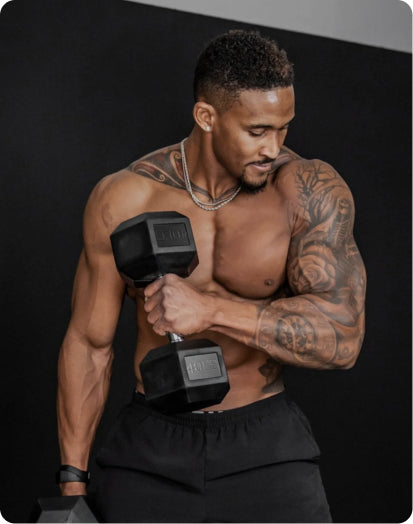
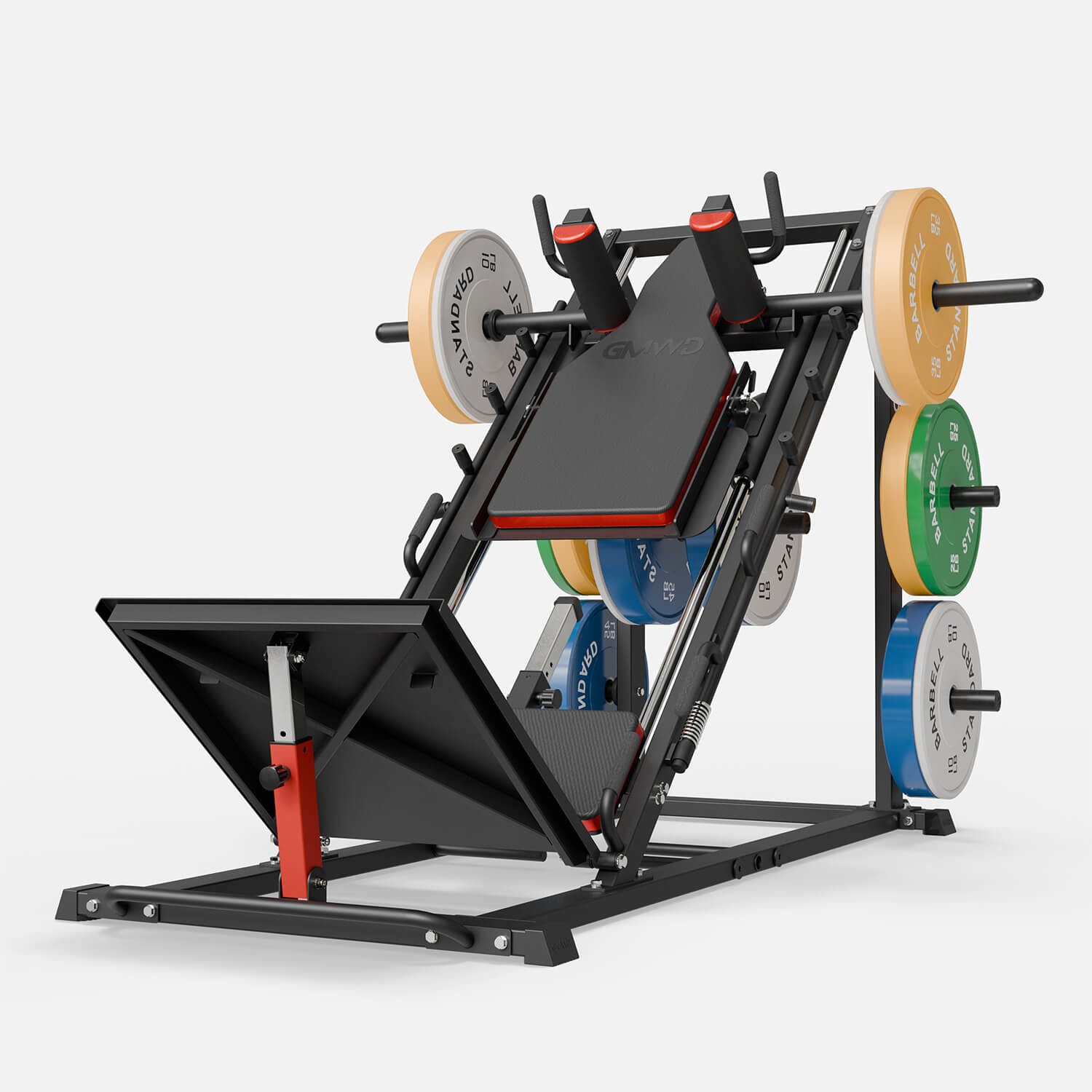
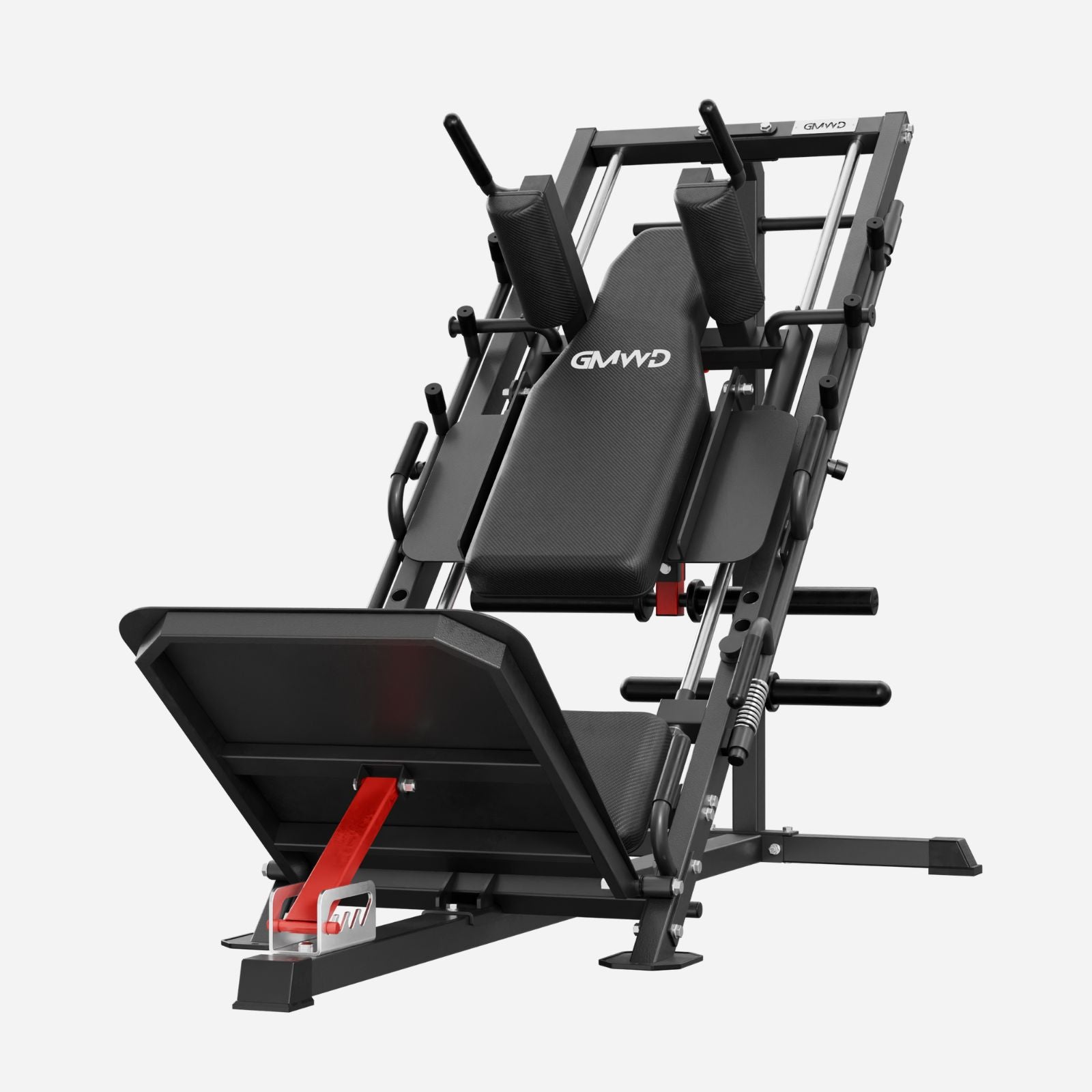

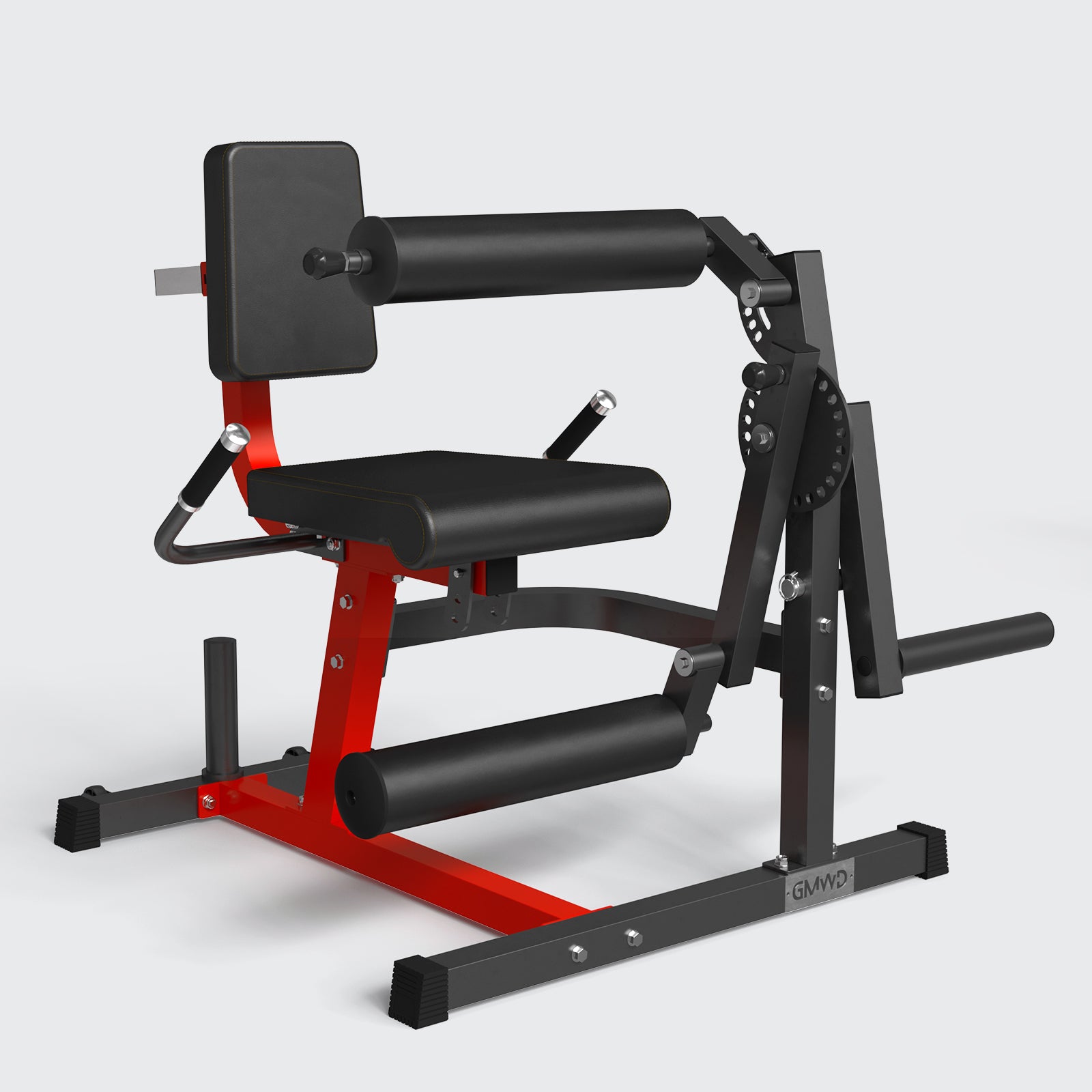
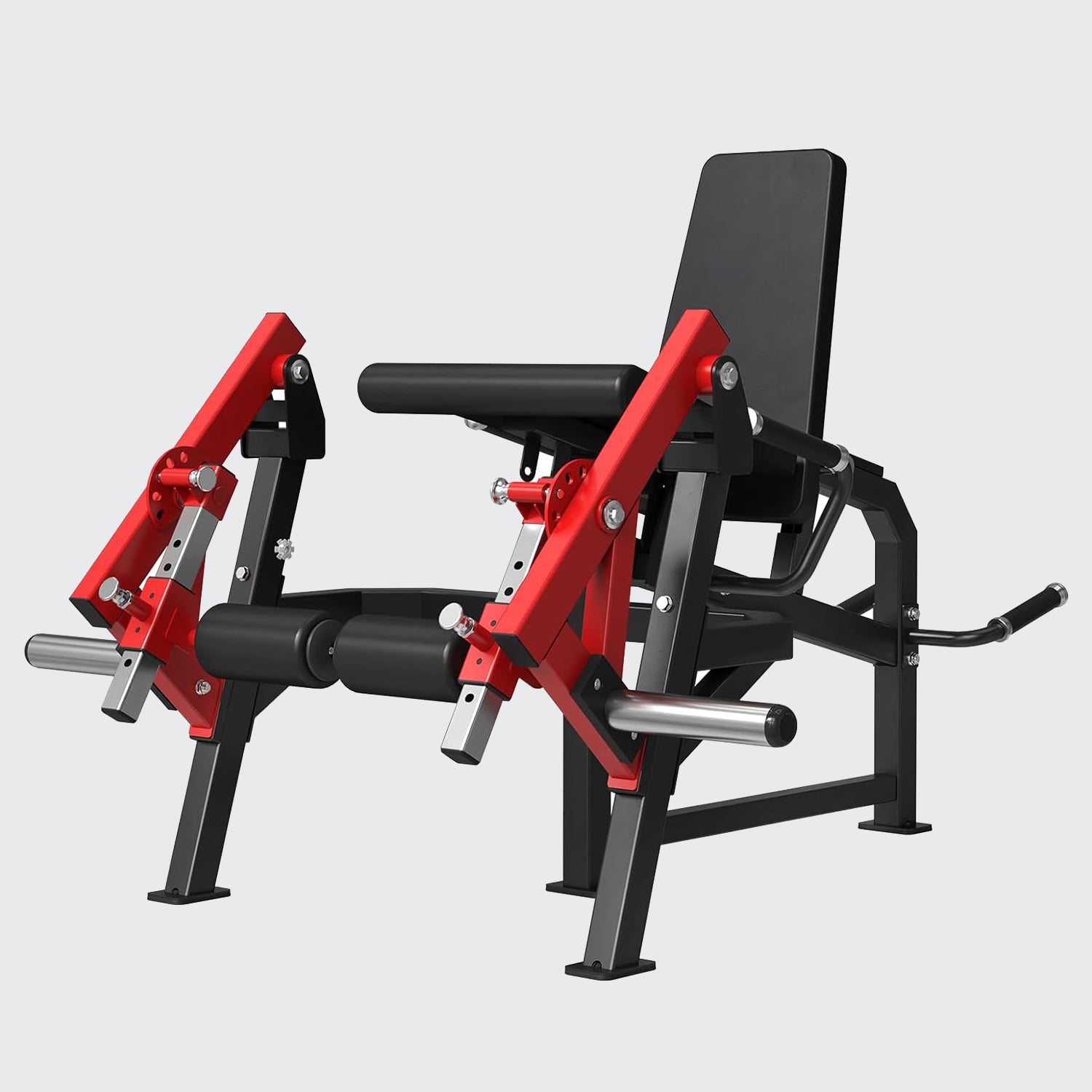
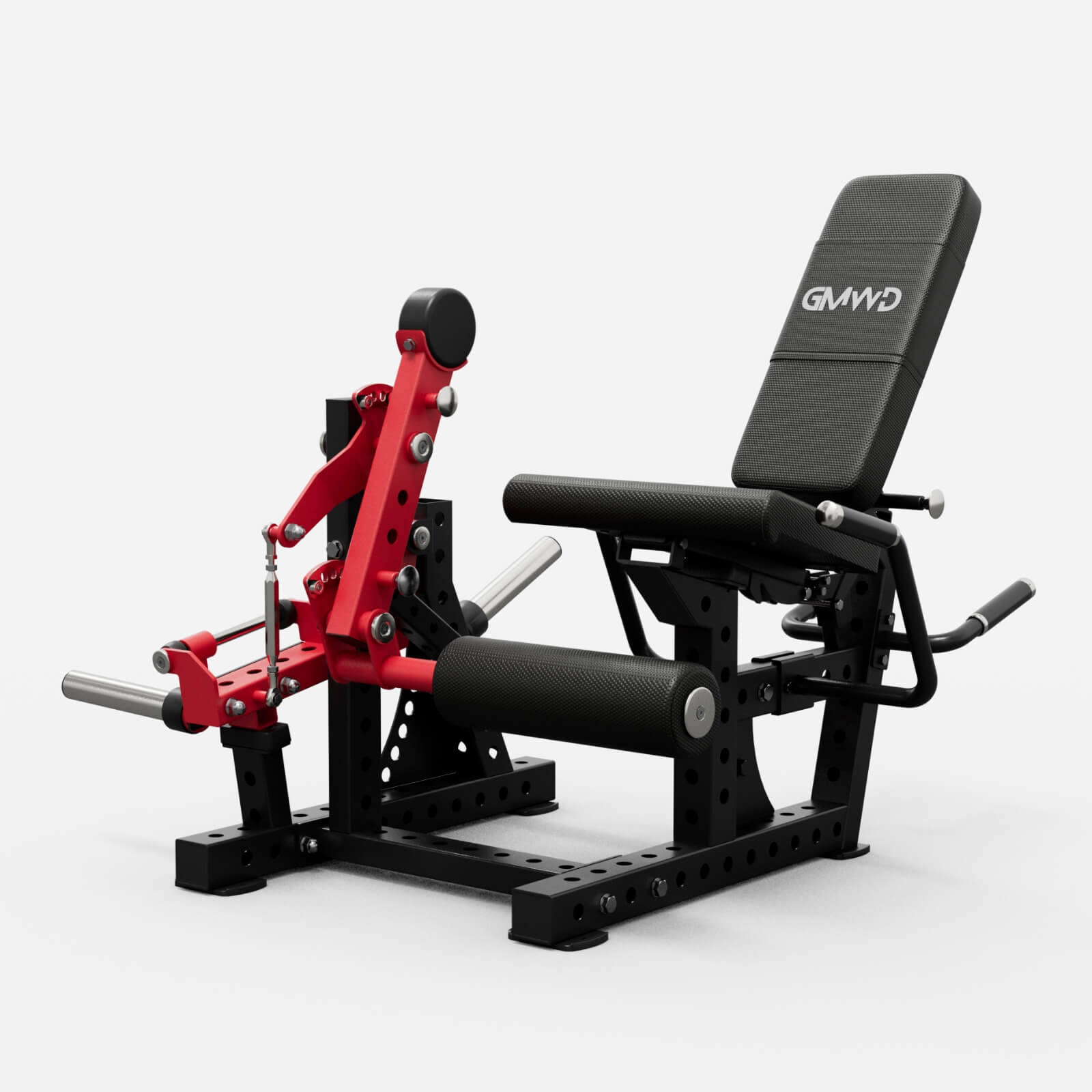
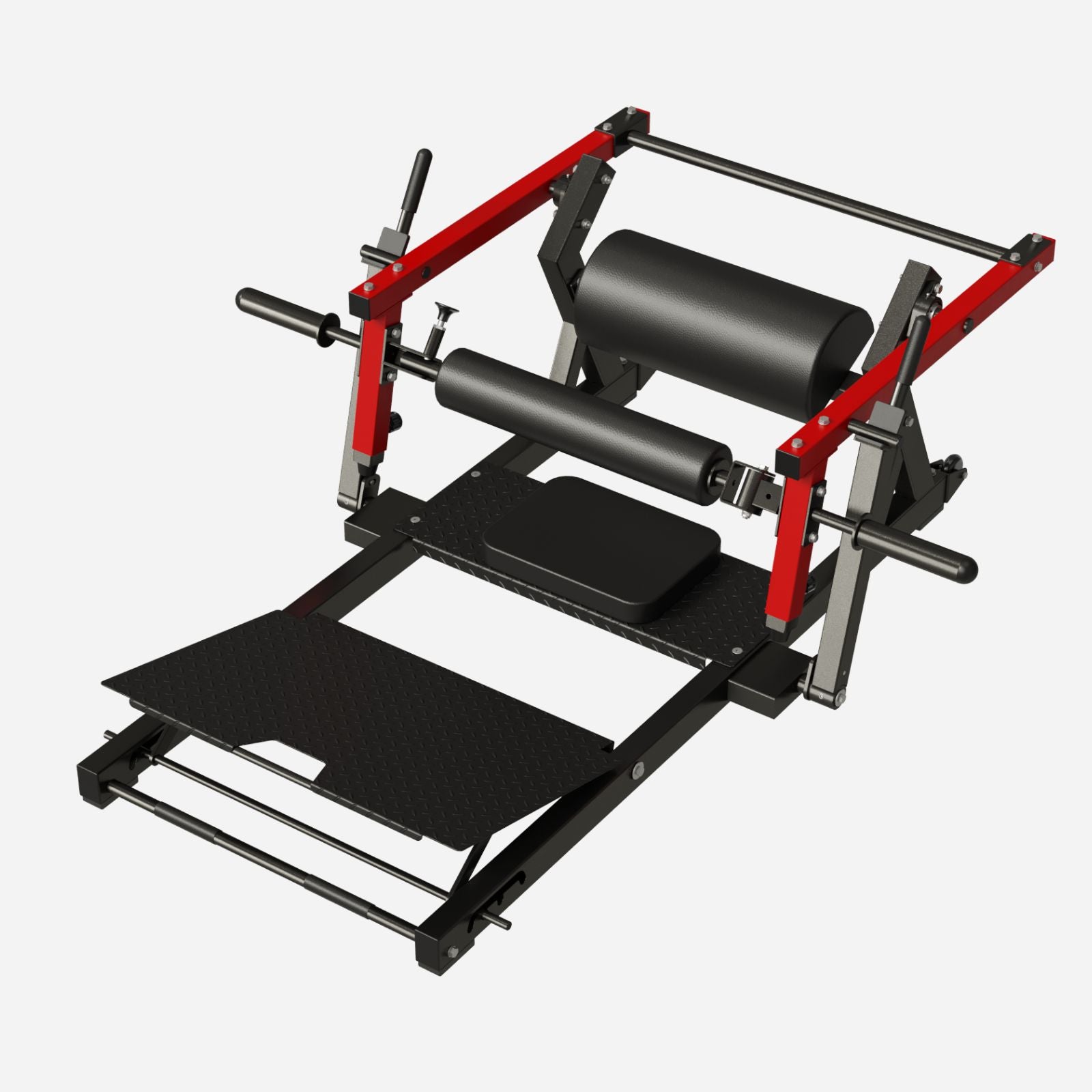

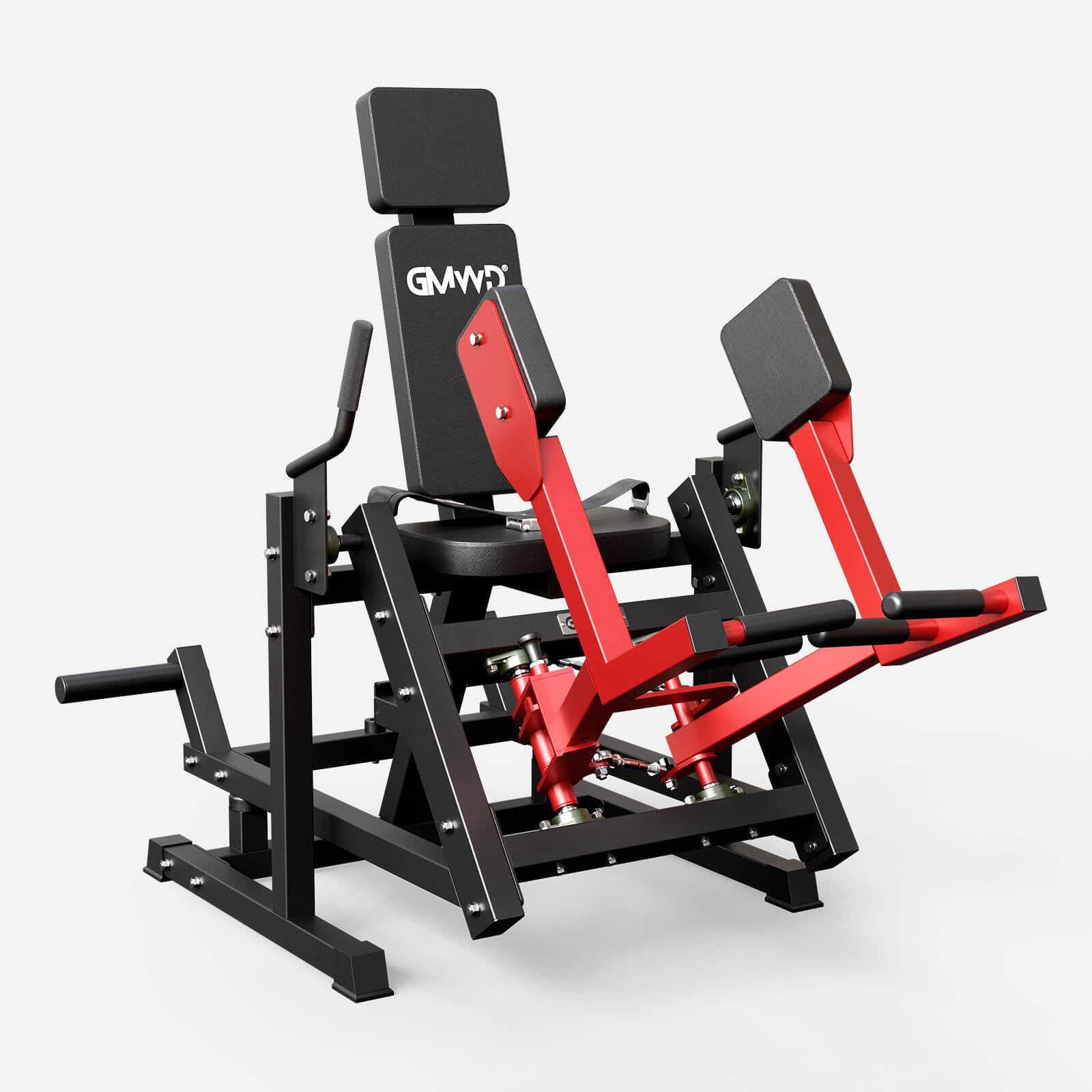
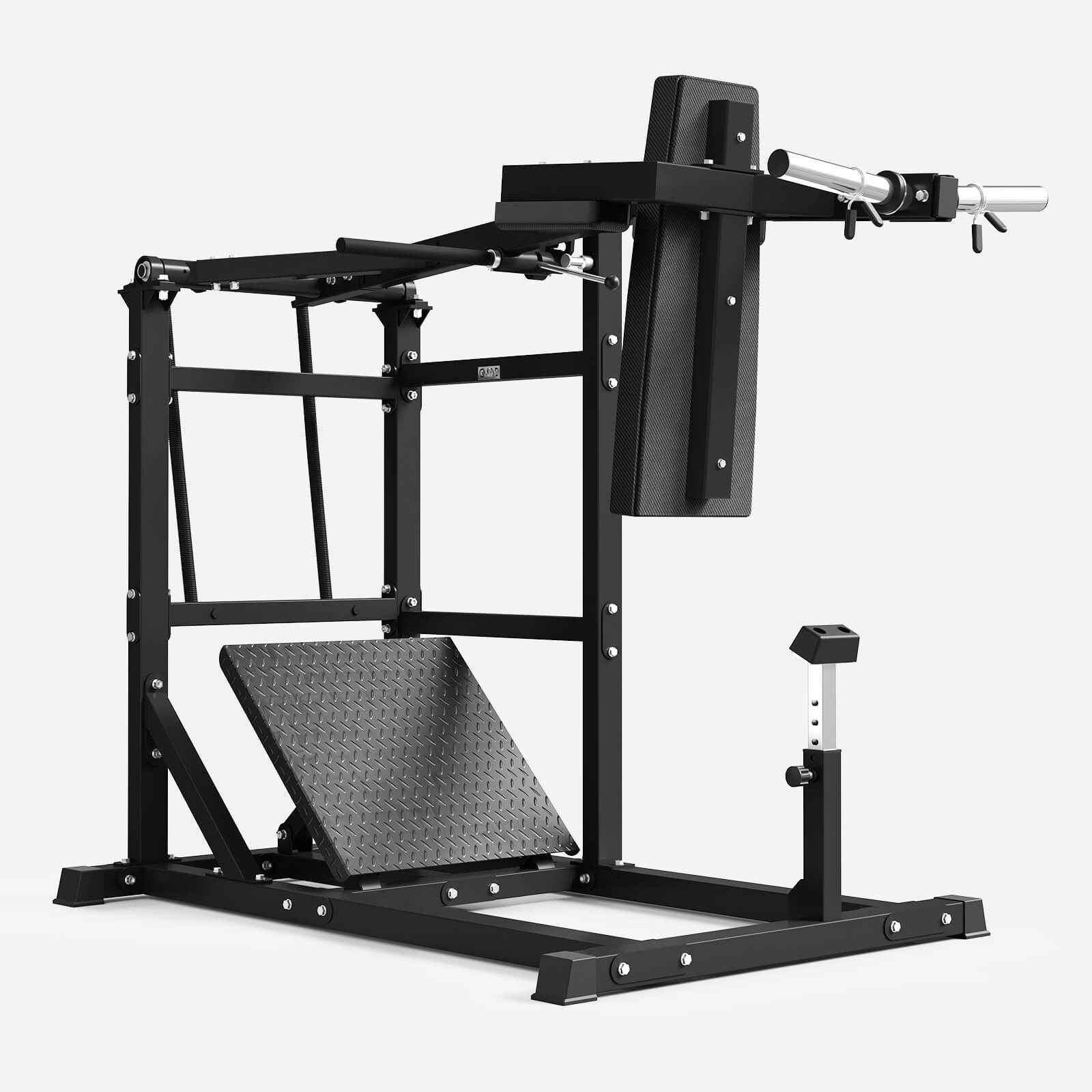
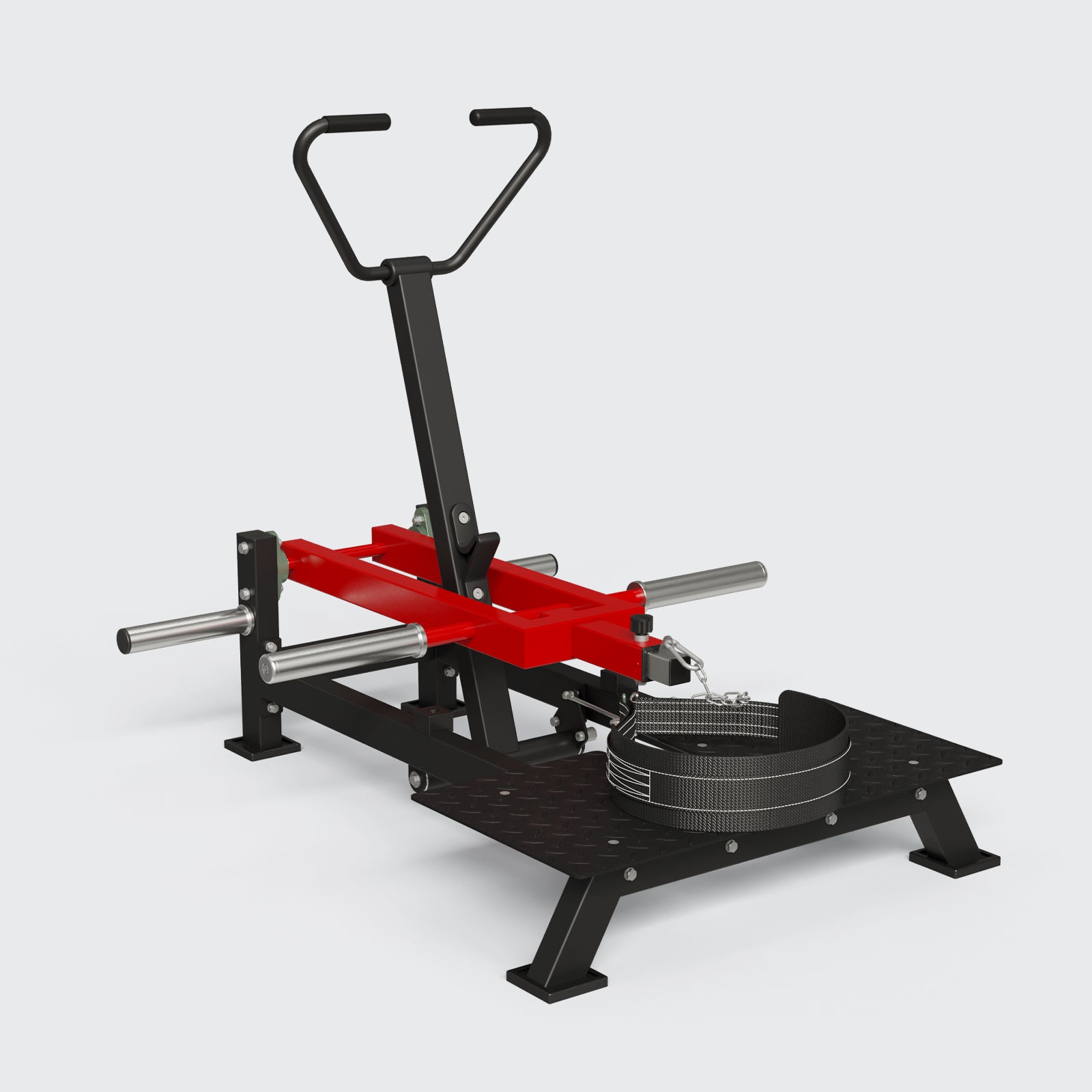
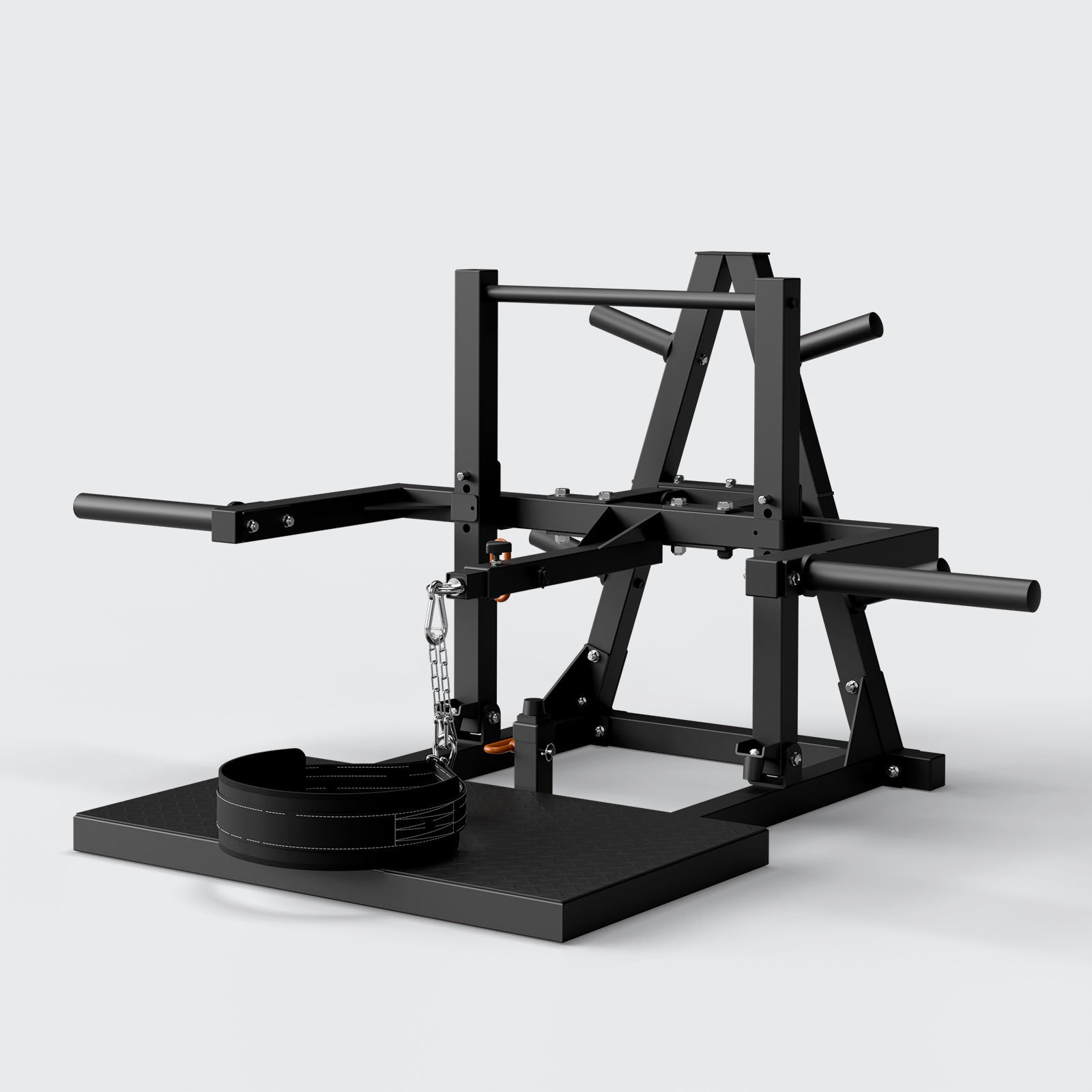

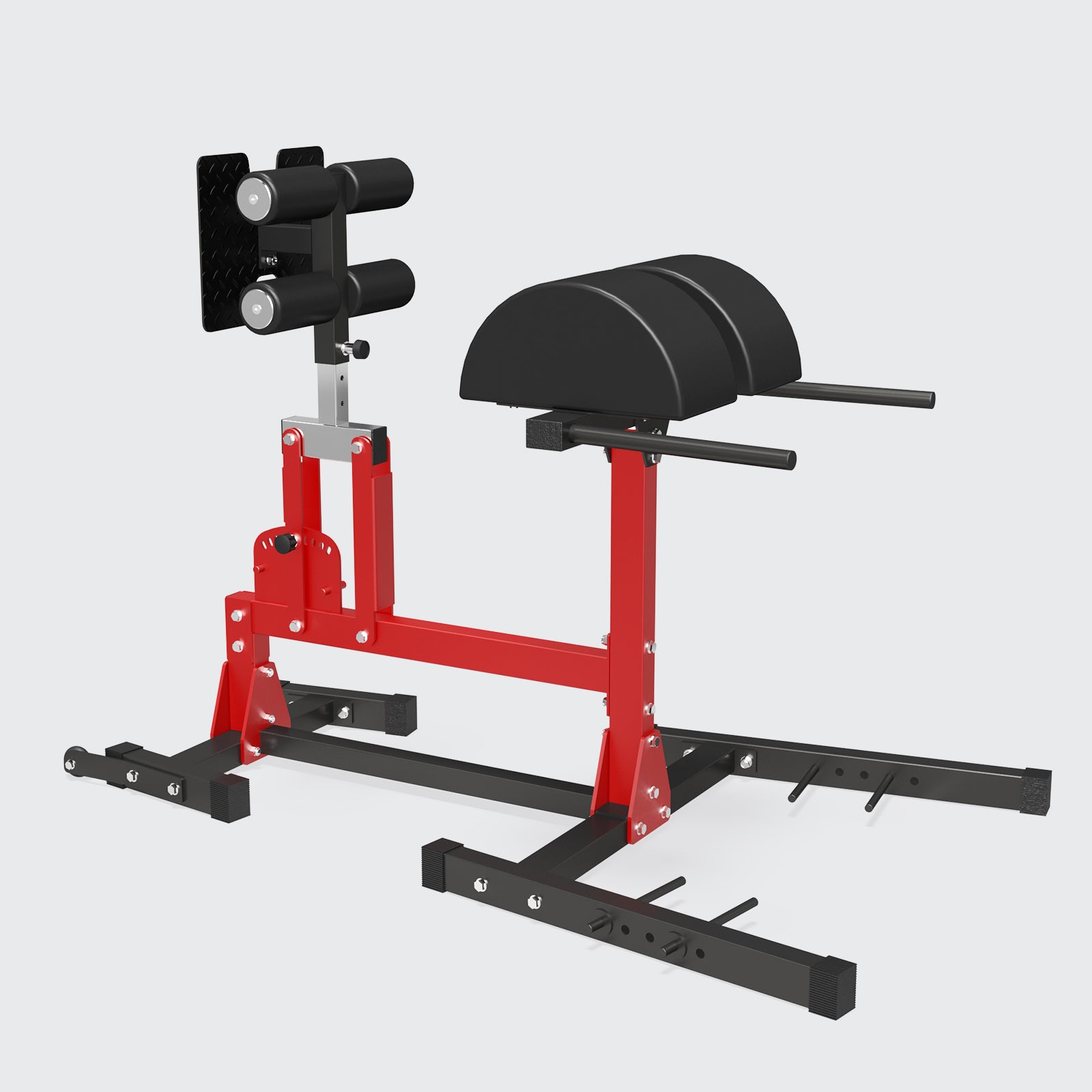
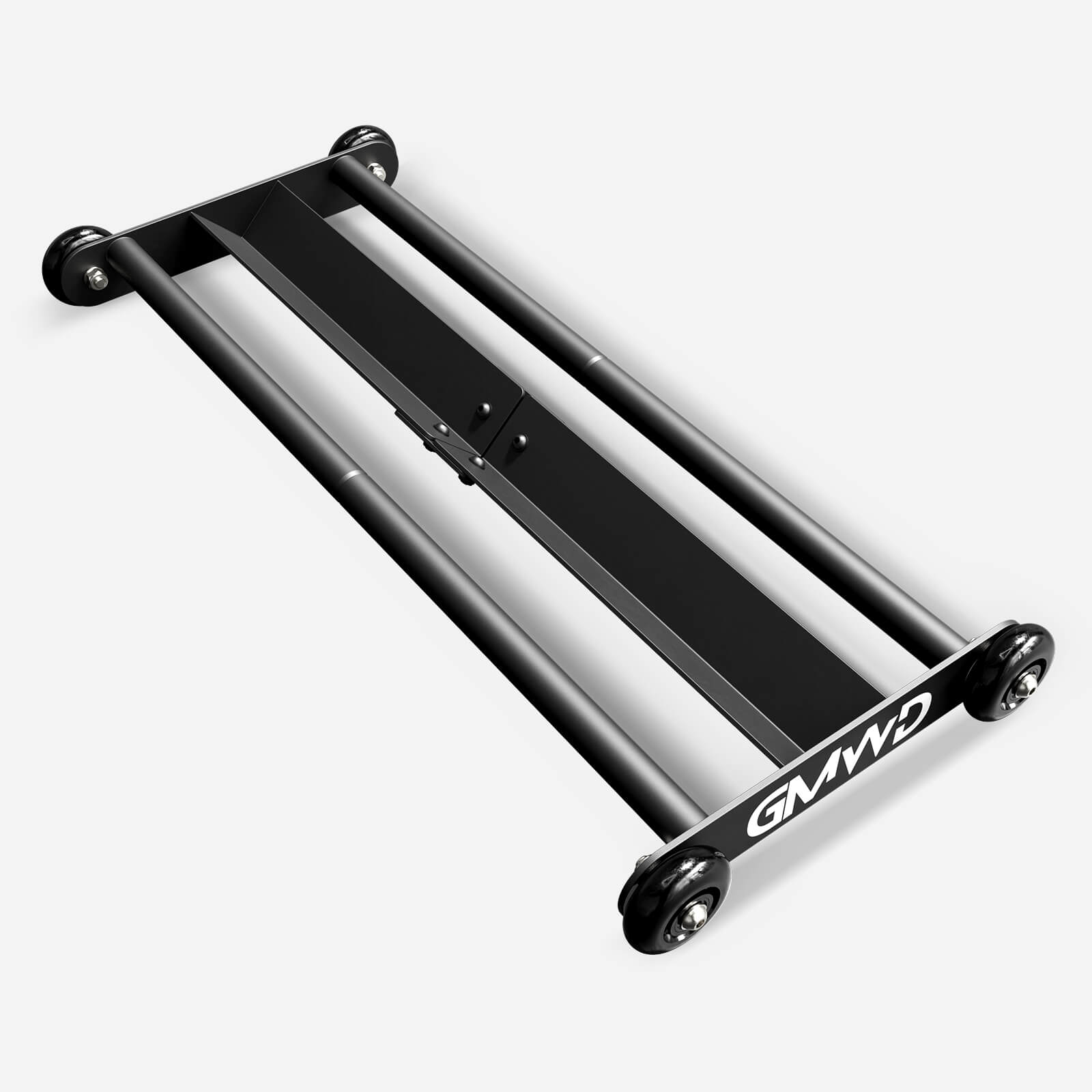
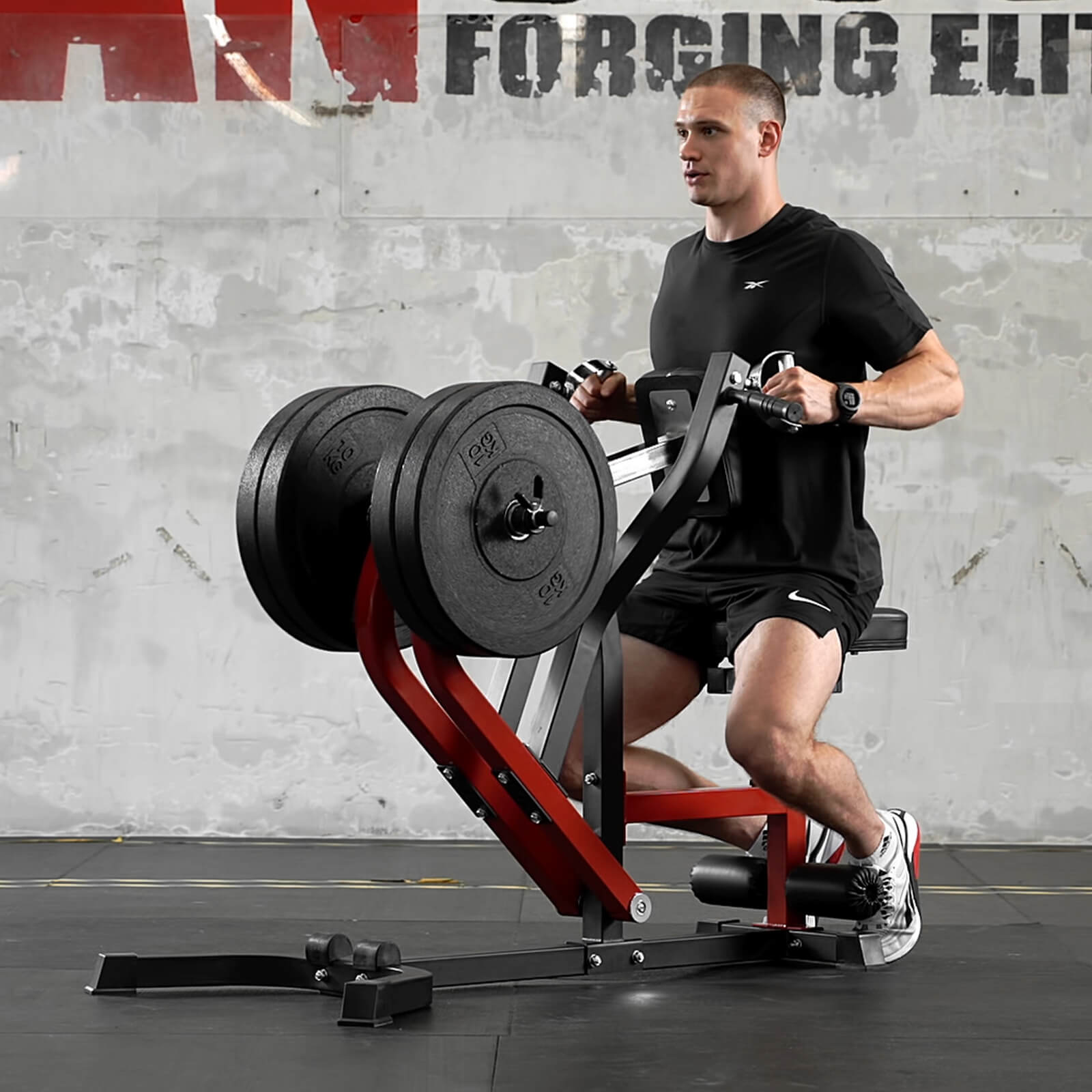
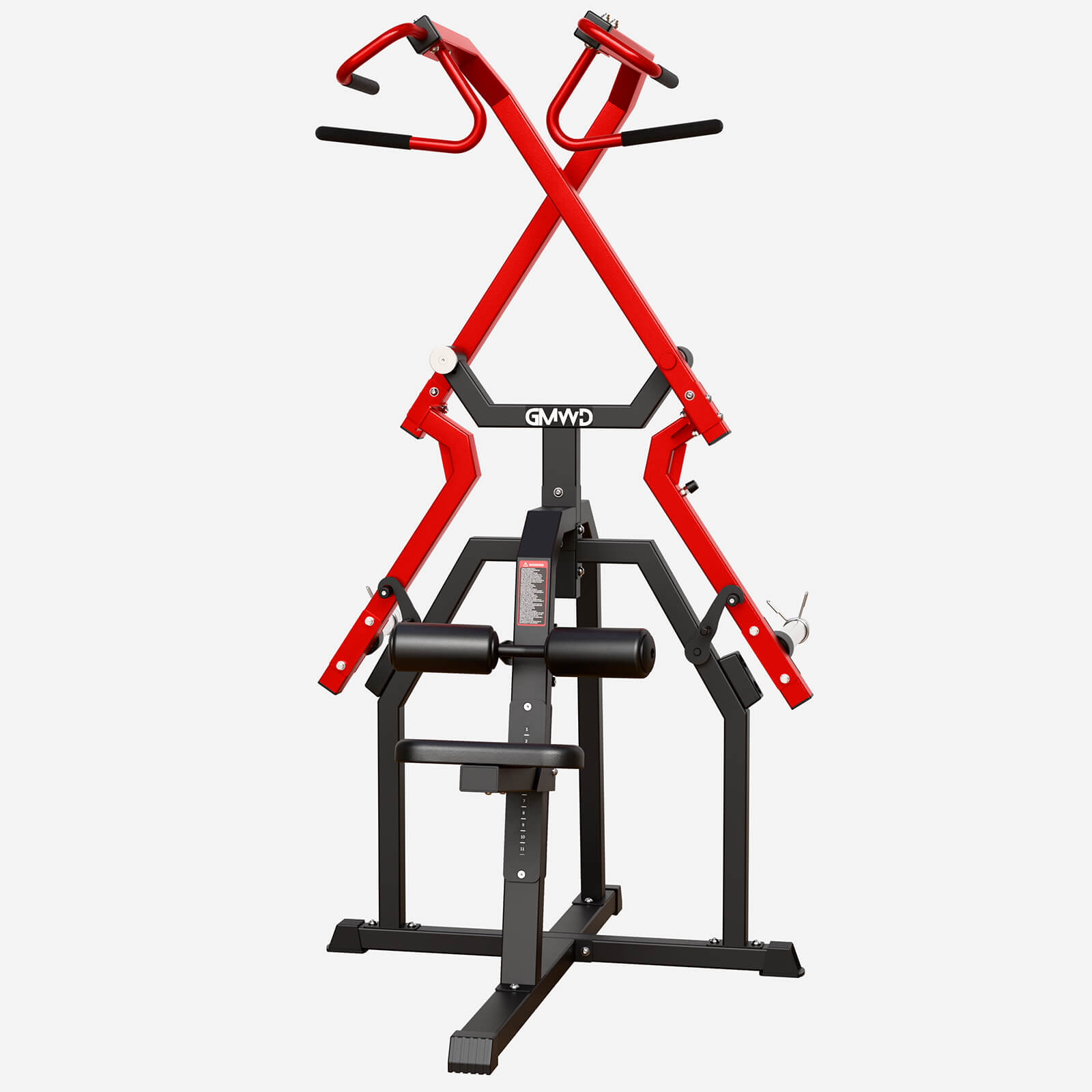
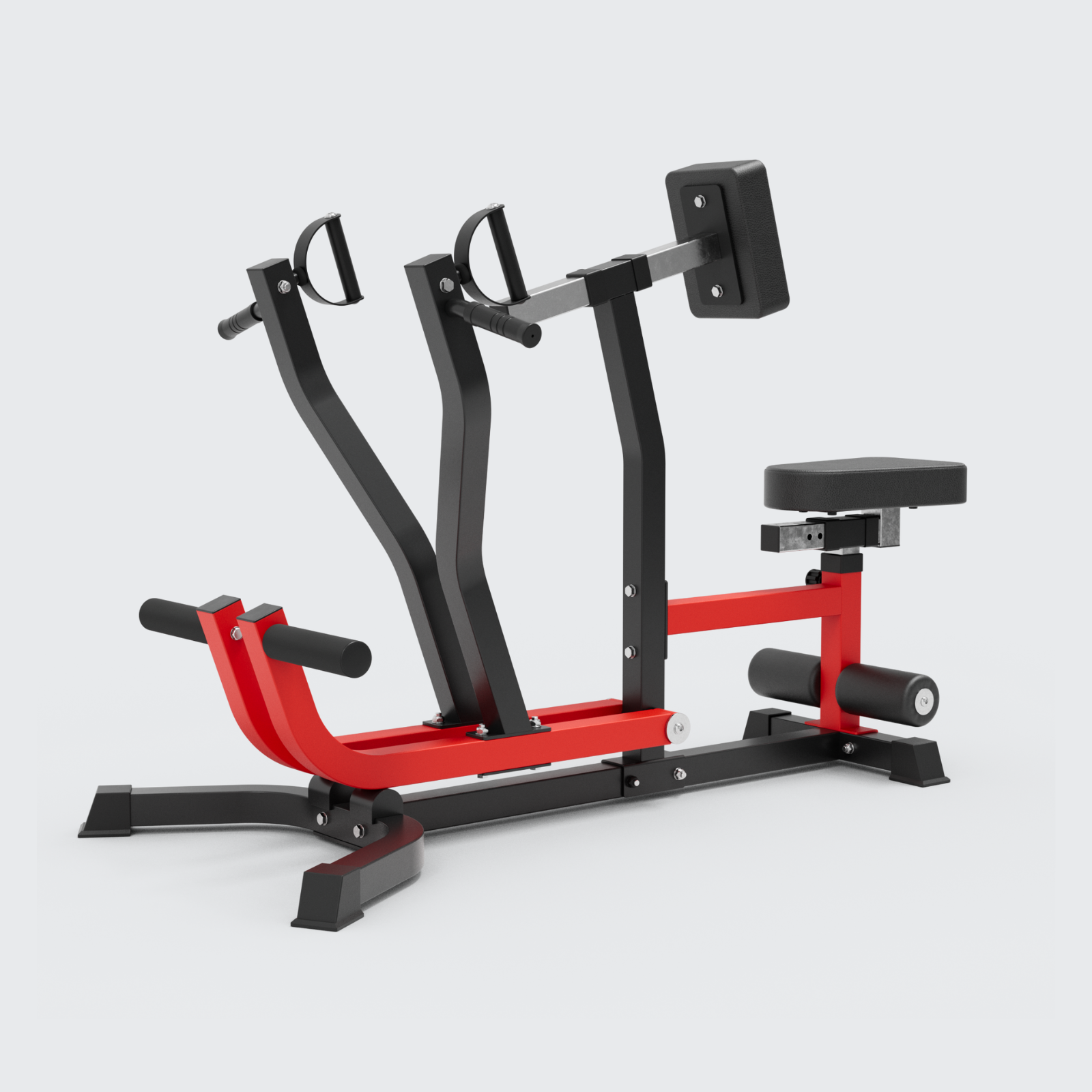
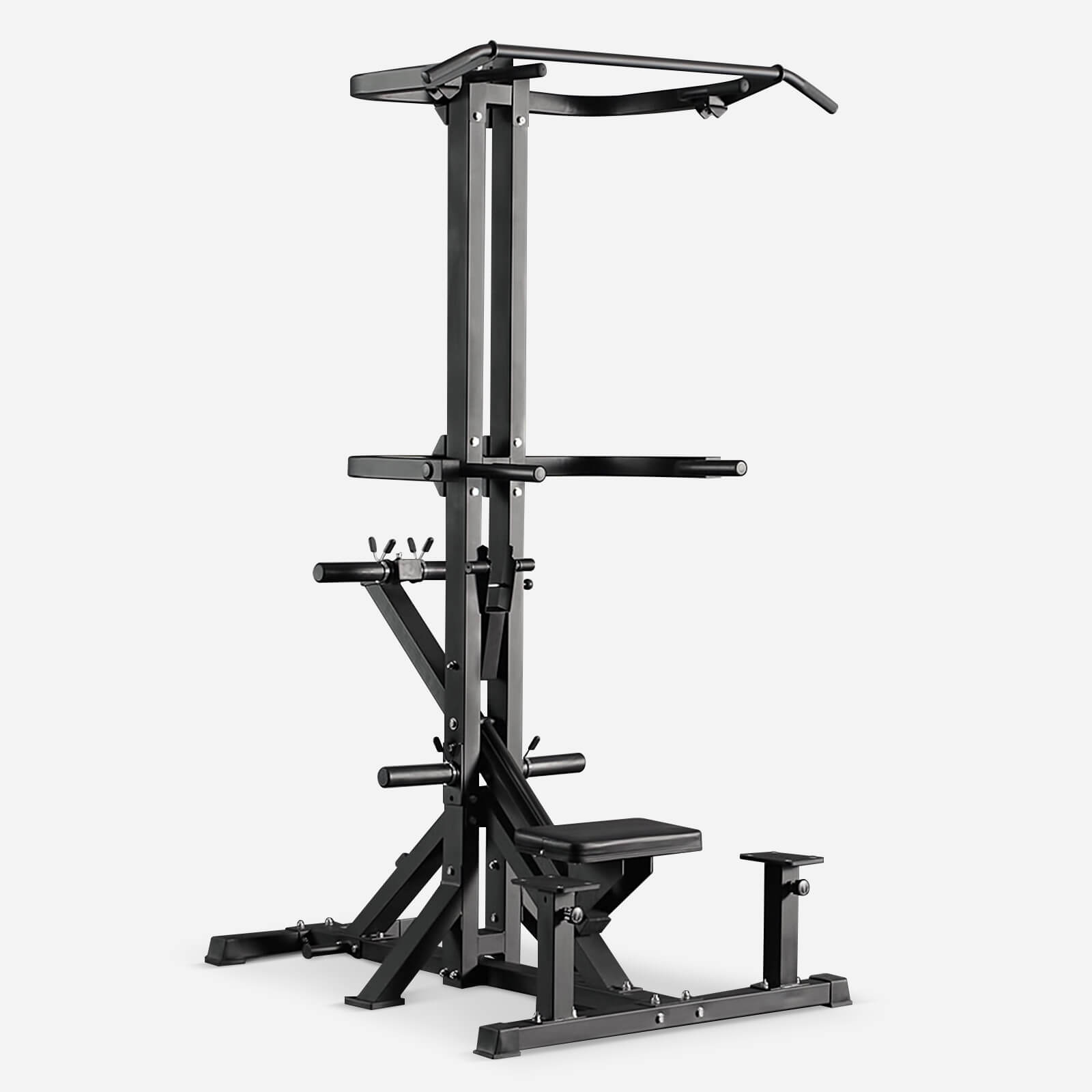

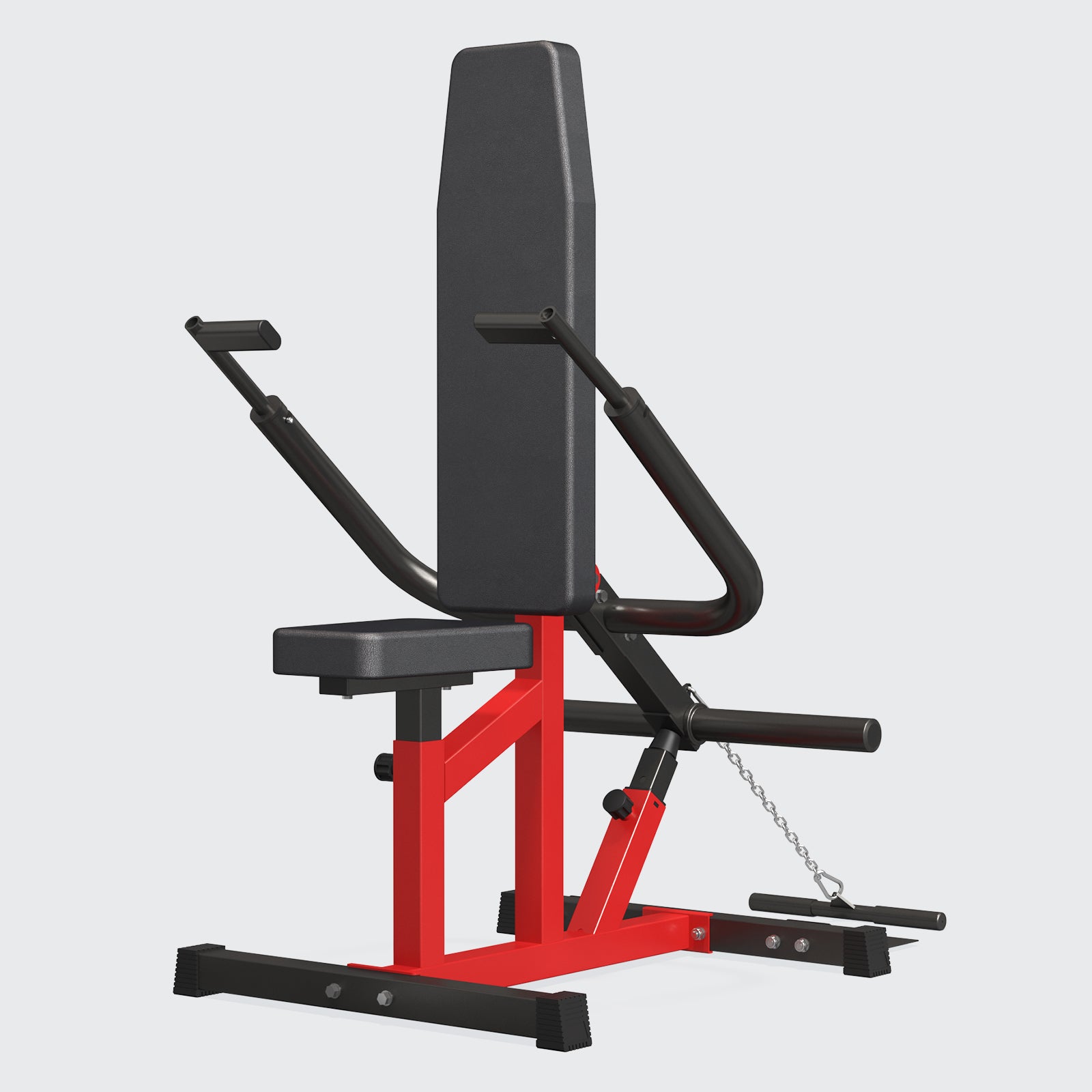
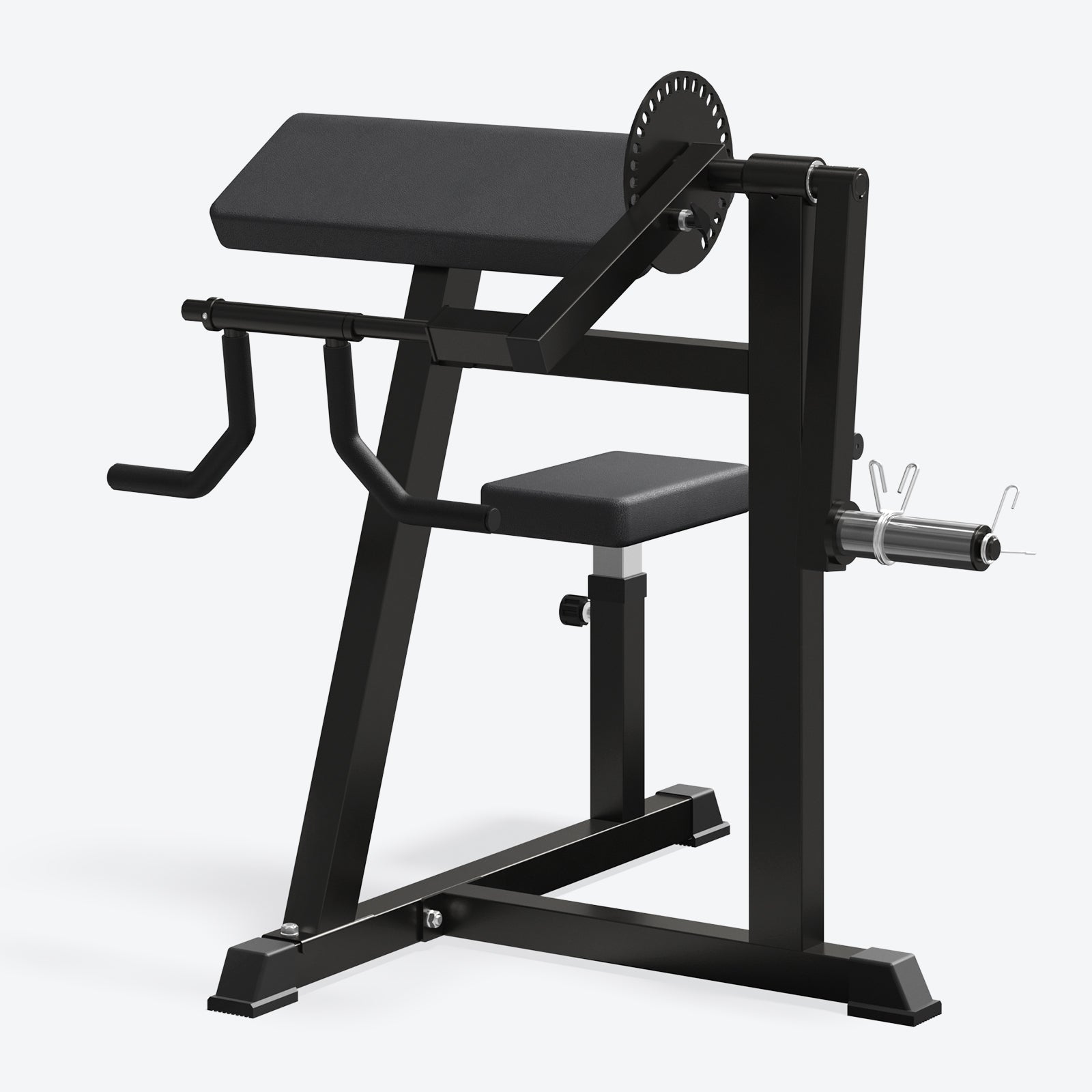
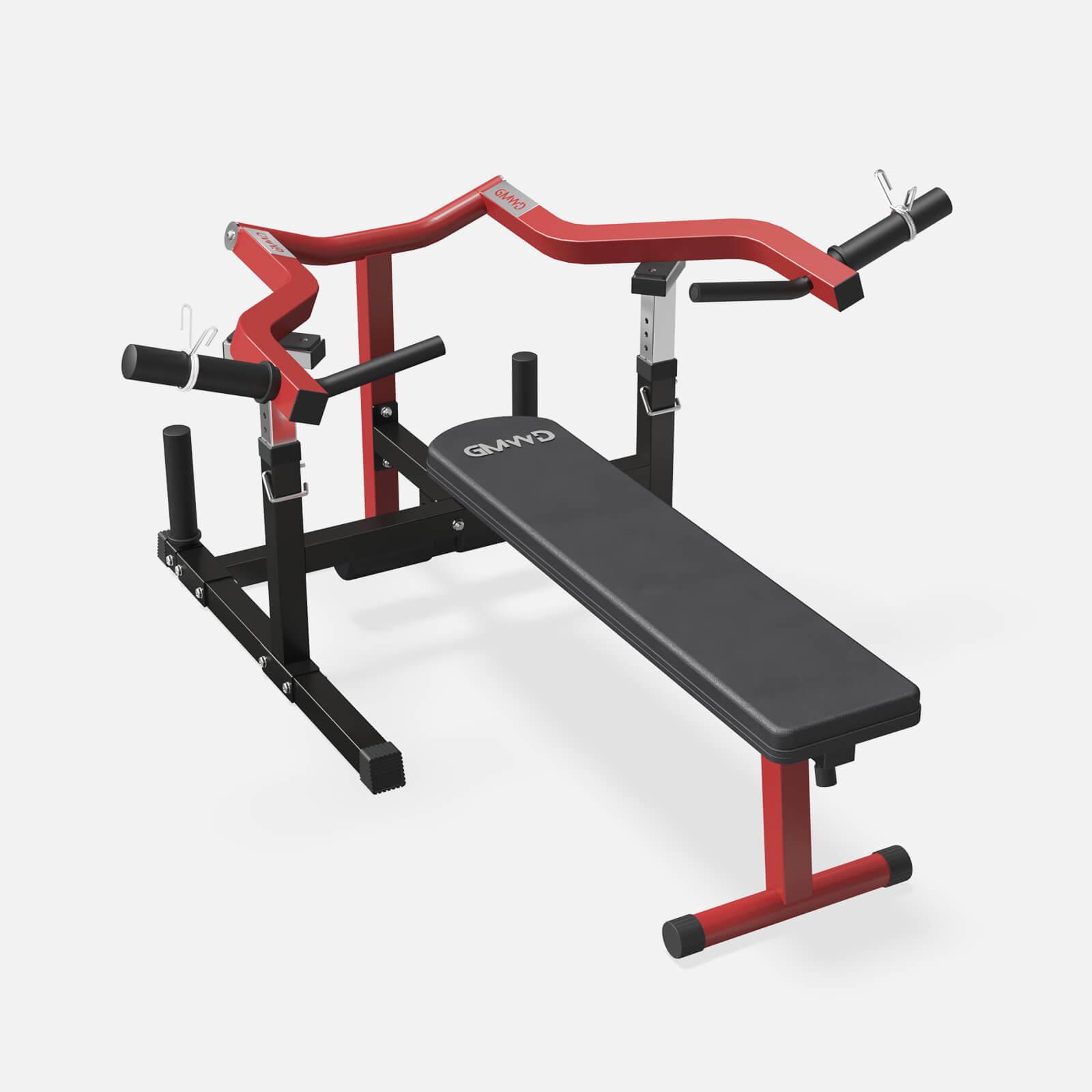
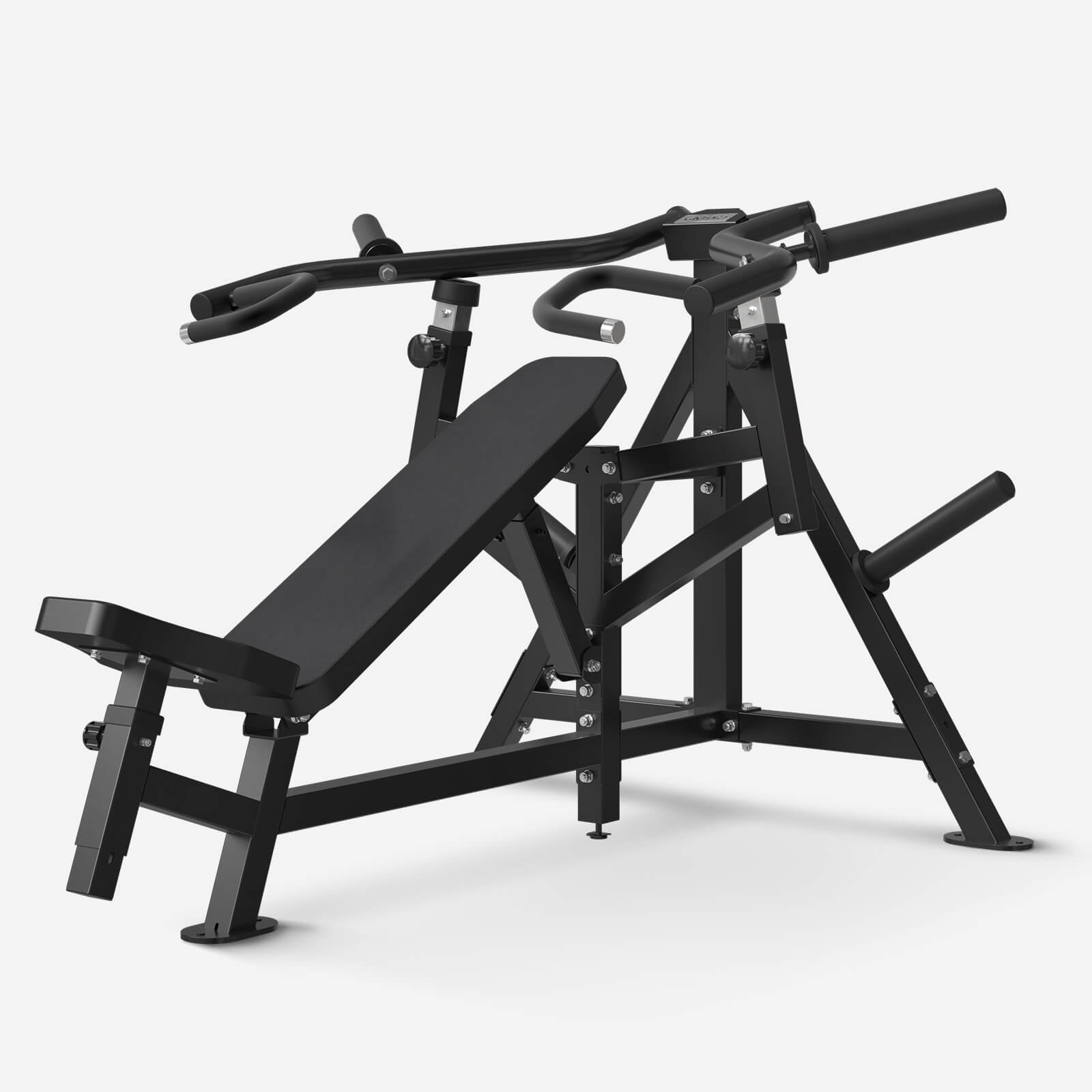
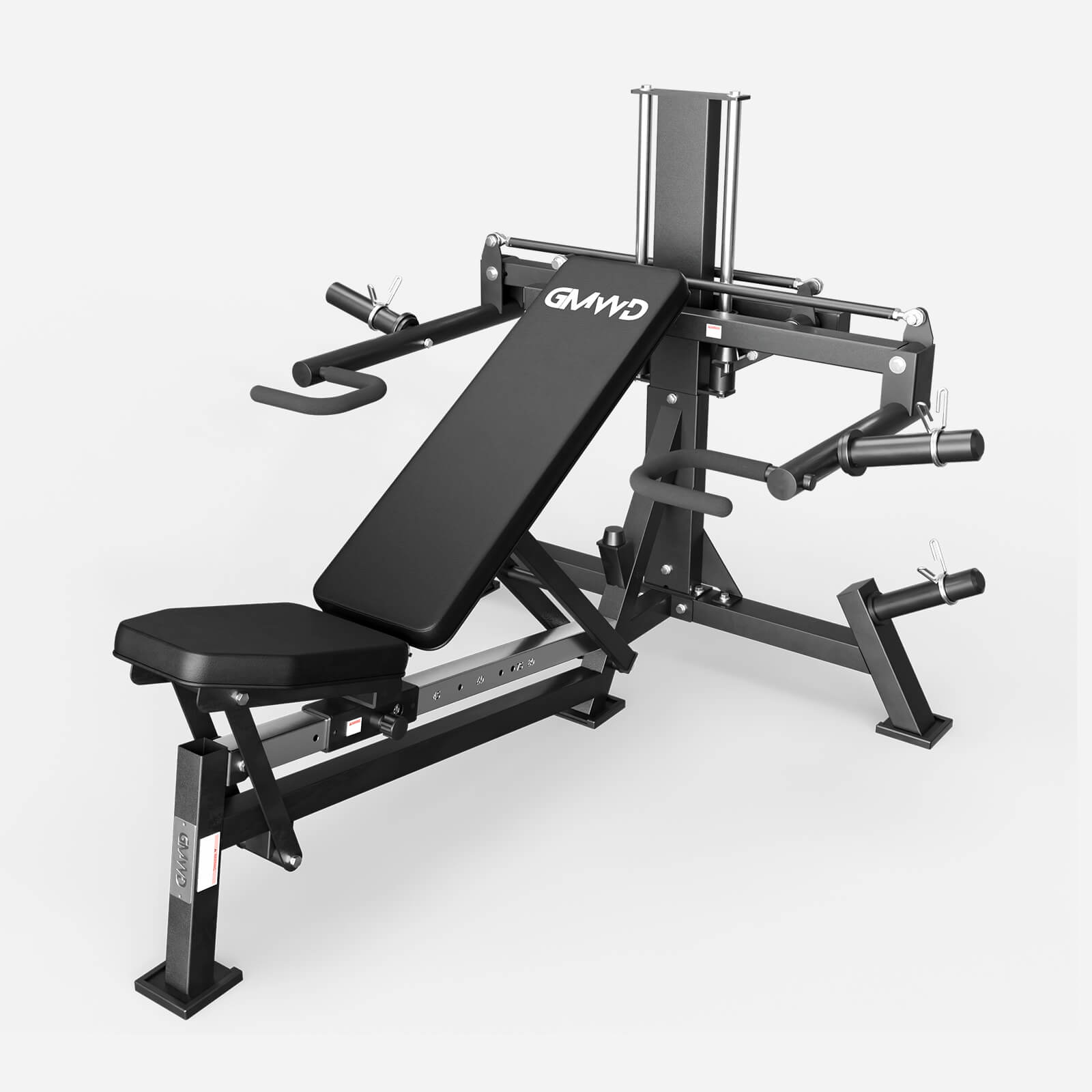
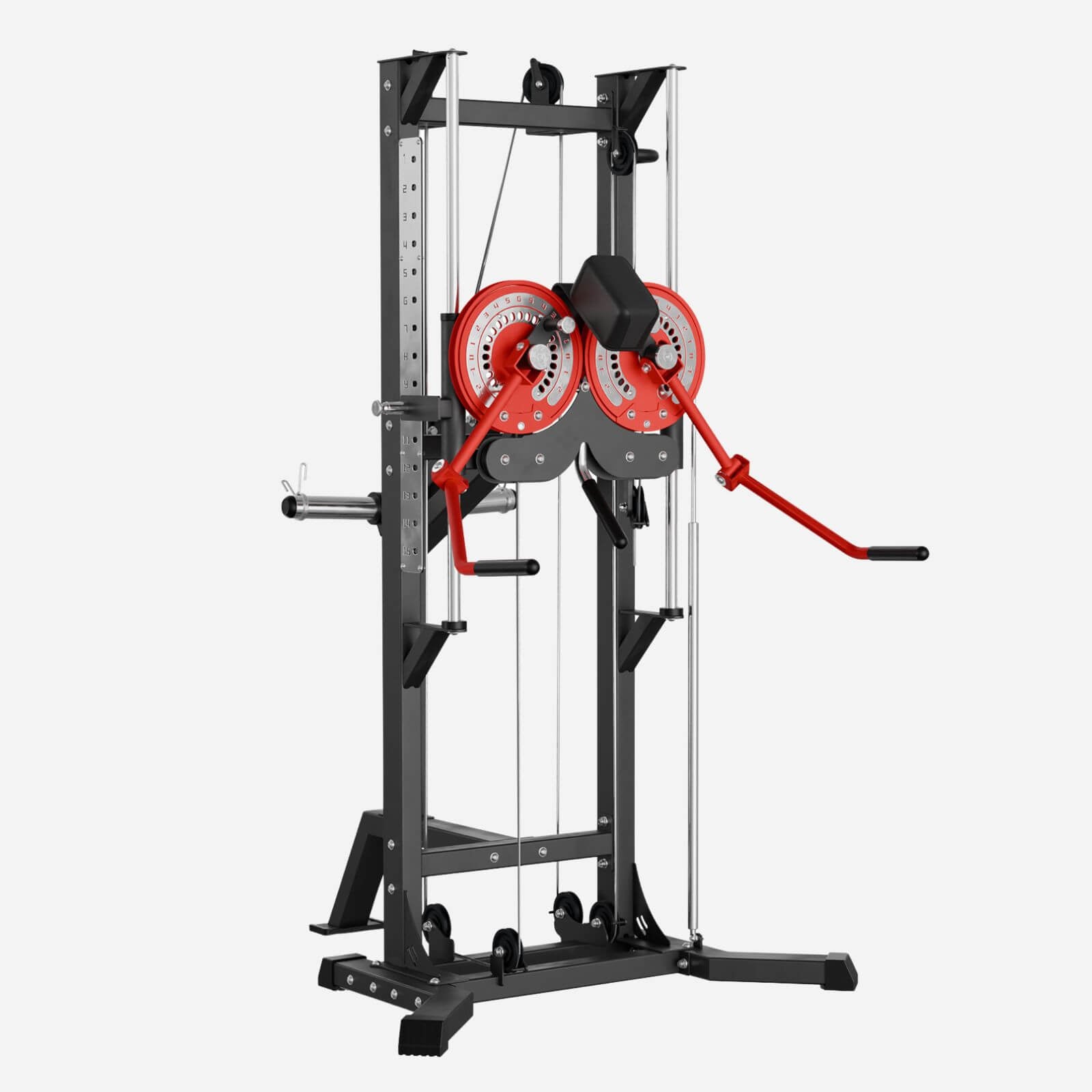
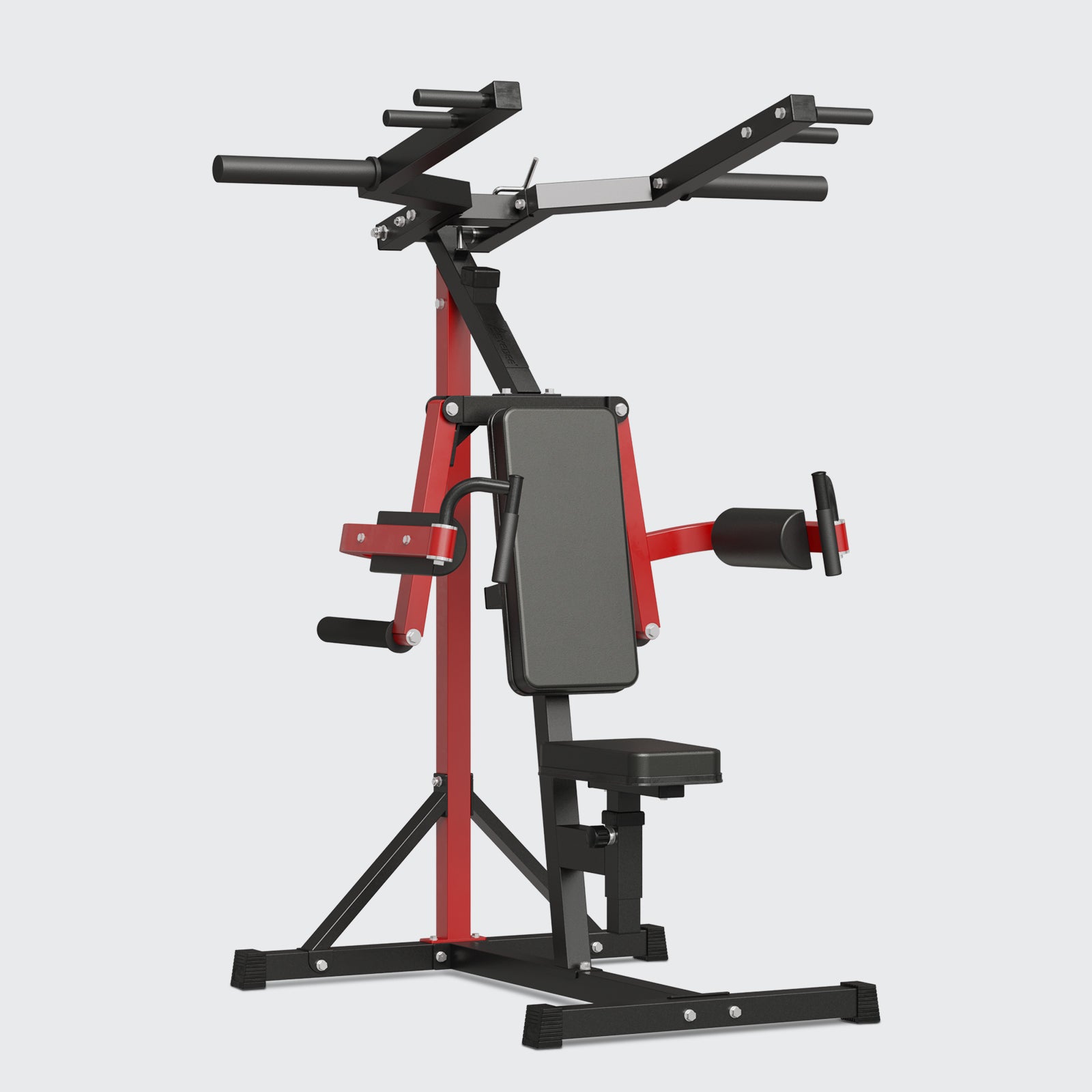
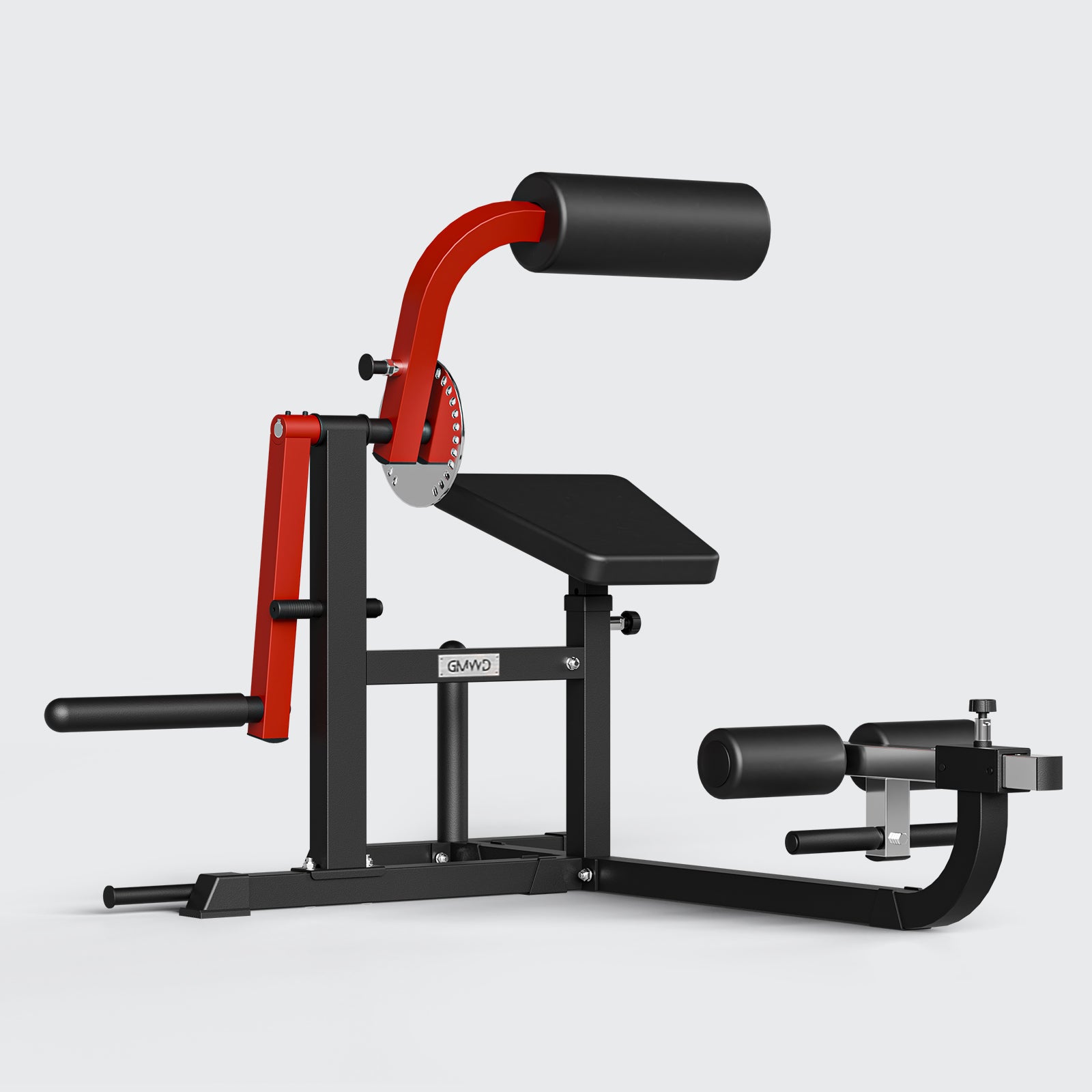
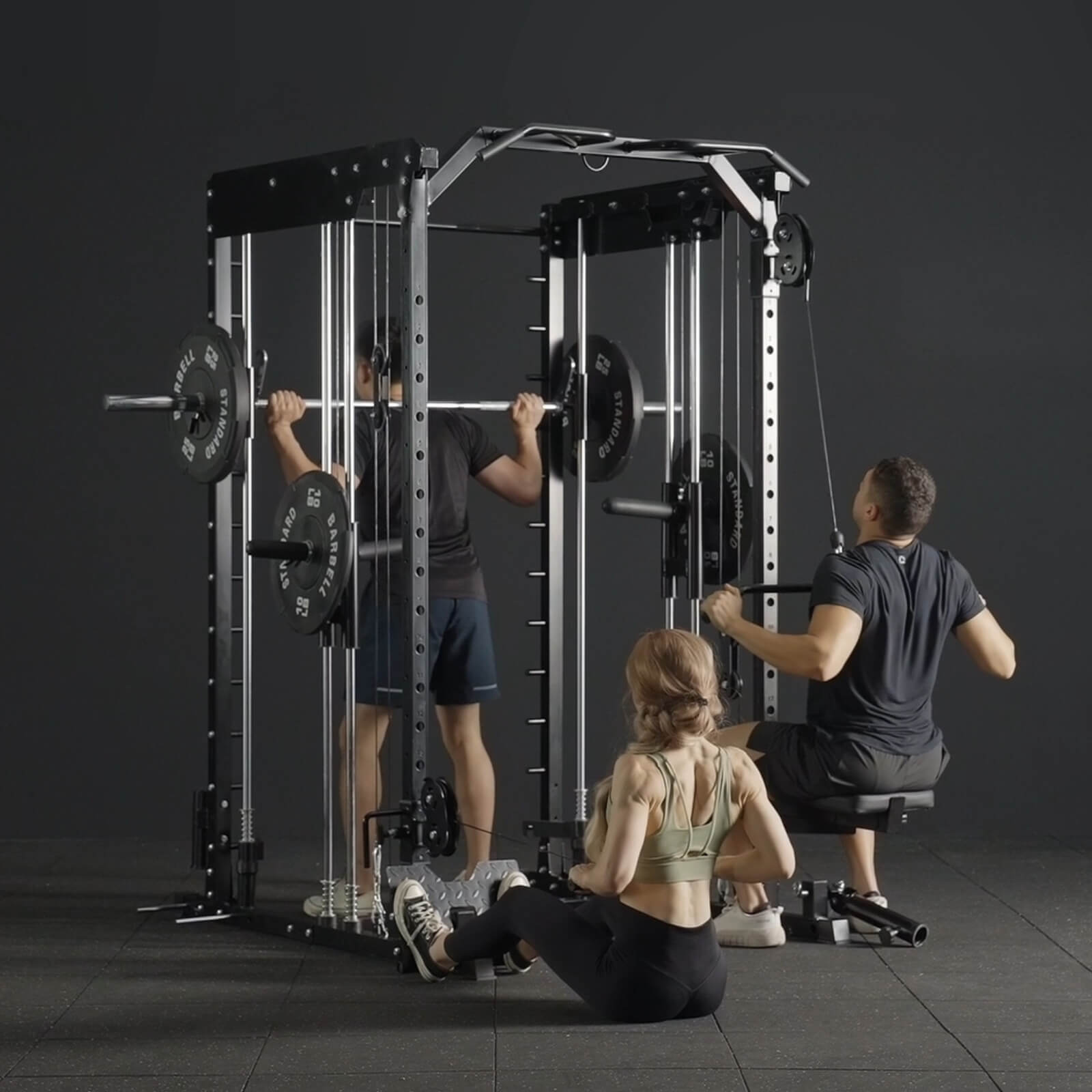
Leave a comment
All comments are moderated before being published.
This site is protected by hCaptcha and the hCaptcha Privacy Policy and Terms of Service apply.